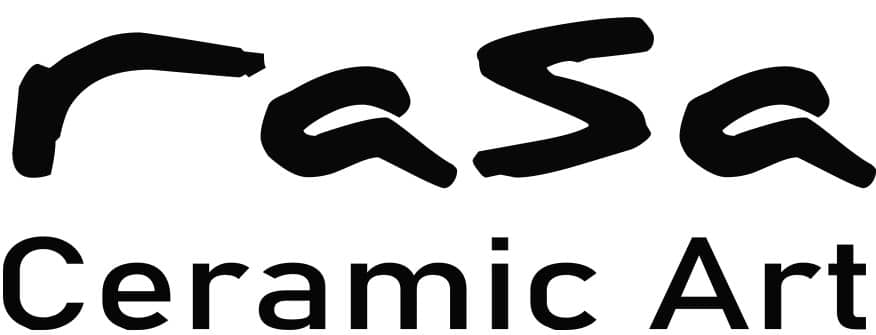Various plugins help run unit, integration, functional, and regression tests and store the results for later viewing and analysis. Continuous Integration is a development practice that requires developers to integrate code into a shared repository at regular intervals. This concept was meant to remove the problem of finding later occurrence of issues in the build lifecycle.

In agents declared within a stage, the options are invoked before allocating the agent and before checking any when conditions. In this case, when using timeout, it is applied before the agent is allocated. The time to allocate the agent is included in the limit set by the timeout option. The definition of a Jenkins Pipeline is written into a text file (called a
Jenkinsfile) which in turn can be committed to a project’s
source control repository. [2]
This is the foundation of “Pipeline-as-code”; treating the CD pipeline a part of
the application to be versioned and reviewed like any other code. As an extensible automation server, Jenkins can be used as a simple
CI server or turned into the continuous delivery hub for any project.
Working with your Jenkinsfile
Credential mangling is another issue that can occur when credentials that contain special characters are passed to a step using Groovy interpolation. When the credential value is mangled, it is no longer valid and will no longer be masked in the console log. Credentials
configured https://www.globalcloudteam.com/ in
Jenkins can be handled in Pipelines for immediate use. Read more about using
credentials in Jenkins on the Using
credentials page. When dealing with a long list of values to exclude, exclude axis directives can use notValues instead of values.

Click the Save button to confirm adding the new environment variable. Building the project shows the variable injection in the console output. In this step, you have configured Jenkins to run builds using the user that triggered the build, instead of the system user. In the next step, you will tackle the next issue related to the Agent to Controller Security Subsystem. Instead, jobs should be ran using the same Jenkins user that configured or triggered it.
Master- Agent Architecture In Jenkins
The benefit of this configuration is that it is more scalable and fault-tolerant. If one of the servers running Jenkins goes down, other instances can take up the extra load. Therefore, in the next step, you will continue to modify your Docker image, to resolve each issue one by one until none remains.
Continuous delivery pipeline in Jenkins consists of four states – Build, Deploy, Test, and Release. Each of these states consist of events that execute in a sequence. Jenkins installer is also available as a generic Java Package (.war). As developers keep pushing code, define jenkins Jenkins Agents can run different builds versions of the code for different platforms. Jenkins Master (or Master Node) controls how the respective builds should operate. The master-agent (or distributed) architecture in Jenkins is used for managing distributed builds.
INTEGRATIONS
Adding the EnvInject plugin to Jenkins allows you to inject environment variables during the build startup. This is particularly useful when creating a freestyle project in Jenkins. Another method is to create a Jenkins job that executes a shell command to view environment variables. The console output of this job is a modified version of the environment variables list. Commonly used variable types in Jenkins include env (environment variables), currentBuild, params (parameters), and docker (access to Docker functions).

Each developer makes changes to code, and each change has potential issues. Jenkins encompasses various DevOps terminology throughout different pipeline creation and management options. The idea proved successful and quickly spread to the rest of his team.
Using multiple agents
You’ve now successfully configured a simple Jenkins server using JCasC. Both of these plugins bring Jenkins closer aligned with the Everything as Code (EaC) paradigm. All of these authorization strategies are very crude, and does not afford granular control over how permissions are set for different users. Instead, you can use the Matrix Authorization Strategy plugin that was already included in your plugins.txt list. This plugin affords you a more granular authorization strategy, and allows you to set user permissions globally, as well as per project/job. Every time you run a job, Jenkins compiles the job configuration inside the project workspace to perform the defined steps.

In this step, you’ve installed all the suggested Jenkins plugins and the Configuration as Code plugin. You’re now ready to use JCasC to tackle the issues listed in the notification box. In the next step, you will fix the first issue, which warns you that the Jenkins root URL is empty. In this step, you’re going to modify your Dockerfile to pre-install a selection of plugins, including the Configuration as Code plugin.
Why shall we use Jenkins?
In this section of What is Jenkins blog, we demonstrate the usage of the Declarative Jenkins pipeline for Maven project. Declarative Pipeline is a recent feature of Jenkins Pipeline that makes reading and writing the Pipeline code a lot easier. Unlike Scripted Syntax with Pipelines, Declarative Syntax helps in controlling different aspects of the Pipeline in a simplistic manner. Like other open-source projects, Jenkins also produces two release lines – LTS (Long-Term Support) and Weekly (regular) releases. Jenkins is very good with releases, as stable releases happen every four weeks. Though Hudson and Jenkins were being developed independently, Jenkins acquired significantly more projects & contributors than Hudson.
- A continuous delivery (CD) pipeline is an automated expression of your process
for getting software from version control right through to your users and
customers. - Continuous integration requires the developers to have frequent builds.
- Declarative Pipeline supports parameters out-of-the-box, allowing the Pipeline
to accept user-specified parameters at runtime via the parameters directive. - If true, run the container on the node specified at the top-level of the Pipeline, in the same workspace, rather than on a new node entirely.
- The following flowchart demonstrates a very simple workflow of how Jenkins works.
- Jenkins runs as a stand-alone package or on a Java application server.
Any machine with the ability to build projects and pipelines is a Jenkins node, and the controller is known as the built-in node. Along with Jenkins, sometimes, one might also see the association of Hudson. Hudson is a very popular open-source Java-based continuous integration tool developed by Sun Microsystems which was later acquired by Oracle.
Jenkins Pipeline
It defines the entire build process, which ideally consists of different stages for building, testing, and delivering the application. The Pipeline also provides a set of tools that are useful for modeling simple as well as complex delivery pipelines ‘as code’ through ‘Pipeline Domain-Specific Language (DSL)’ syntax. At the time of what is Jenkins blog, it had close to 1500+ plugins contributed by the community. Plugins help in customizing the experience with Jenkins, along with providing support for accelerating activities related to building, deploying, and automating a project. Jenkins automates the software builds in a continuous manner and lets the developers know about the errors at an early stage. A strong Jenkins community is one of the prime reasons for its popularity.
